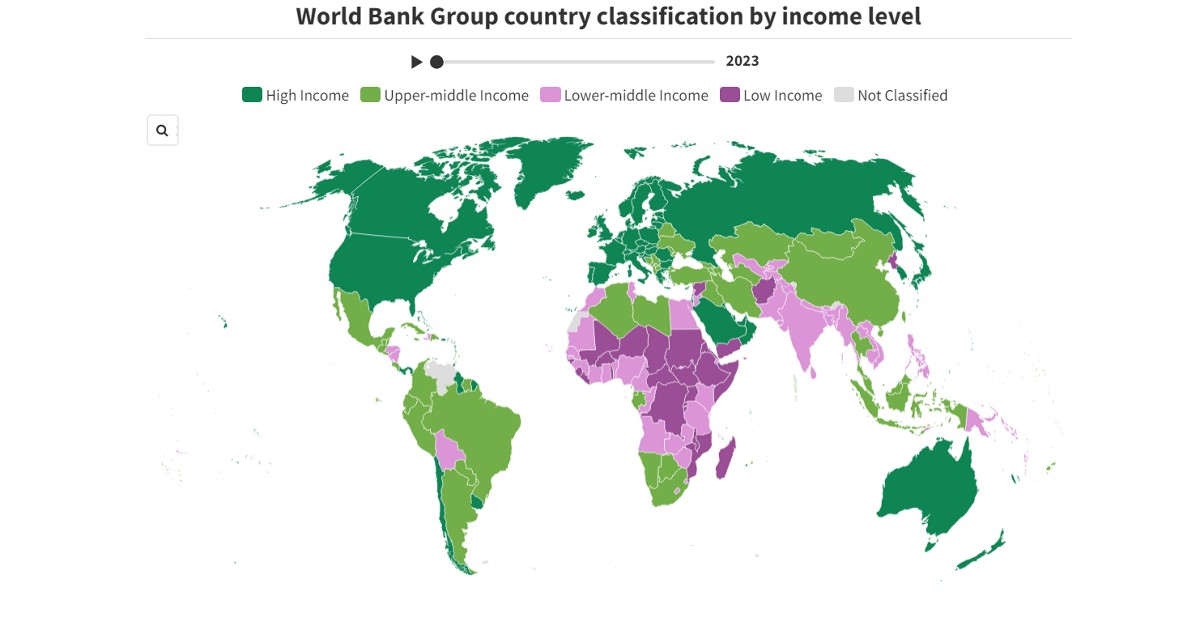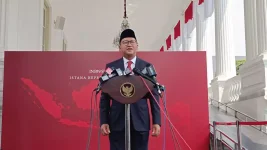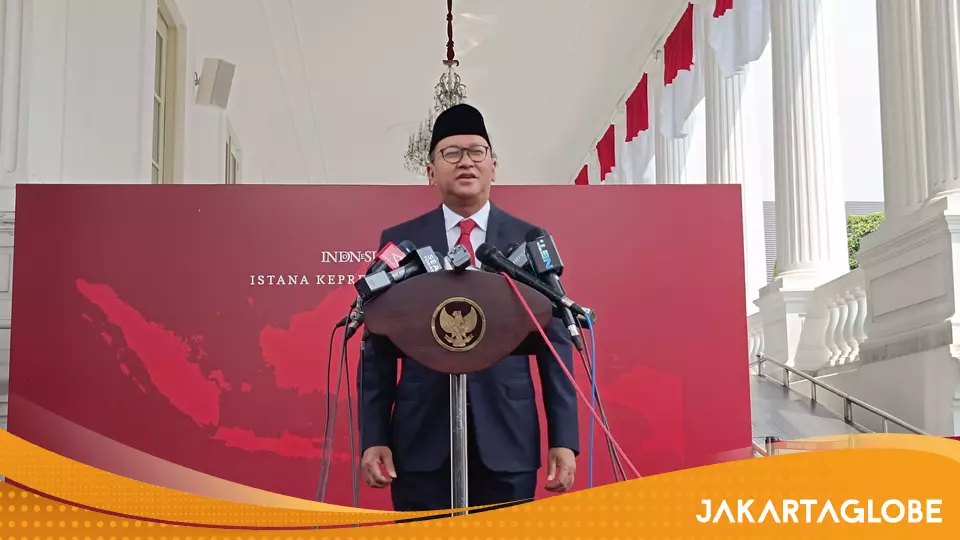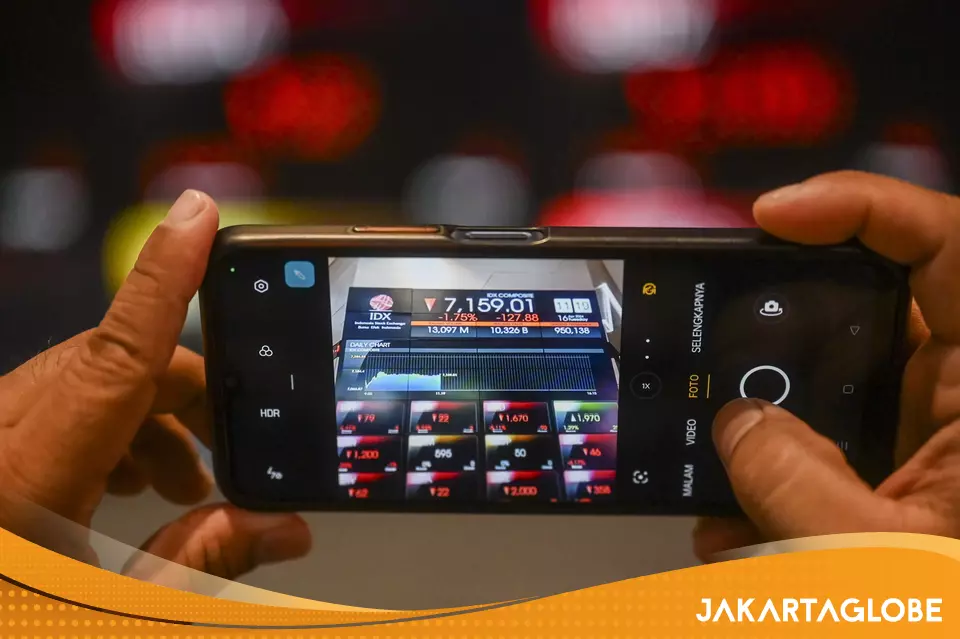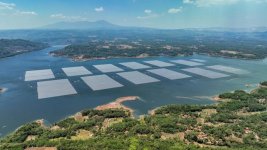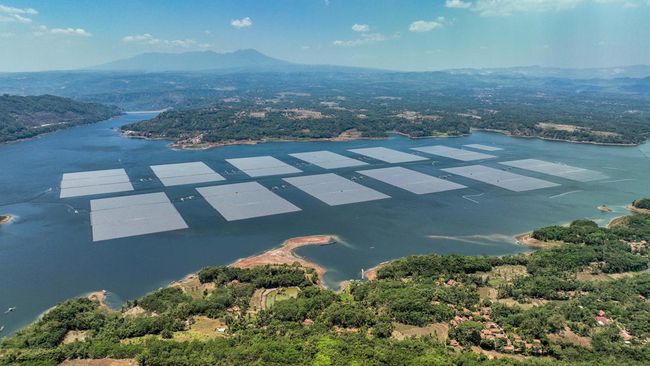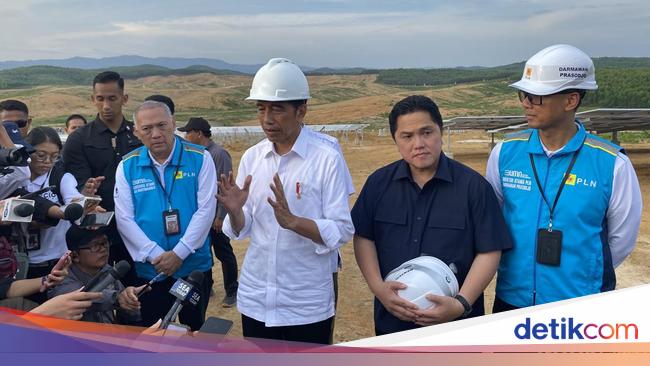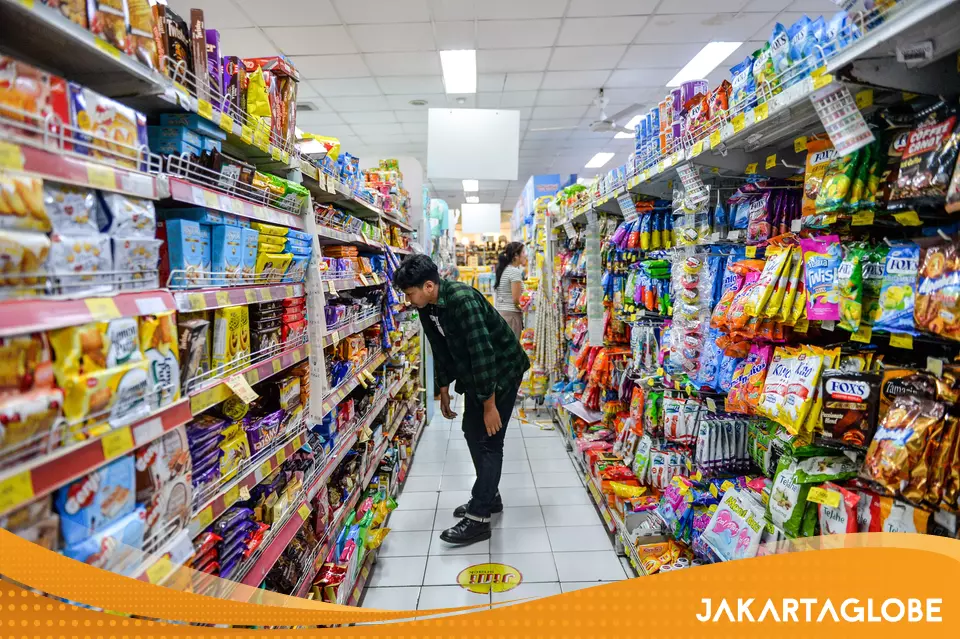Indos
INT'L MOD
- Jul 25, 2013
- 26,190
- 23,355
- Country of Origin

- Country of Residence

Indonesia Leads EM Rally as Carry Appeal, Growth Lure Investors
By Matthew Burgess and Jorgelina do RosarioAugust 14, 2024 at 8:39AM EDT
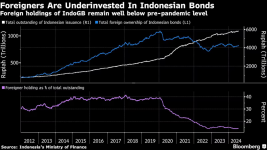
(Bloomberg) -- Indonesian assets posted some of the biggest gains in emerging markets Wednesday as the expected start of Federal Reserve easing next month pushed investors to increase exposure to countries with high carry and growth prospects.
The rupiah advanced by as much as 1% against the dollar, its best single-day gain of the year. The equity benchmark in Jakarta advanced for a fourth day to a record high. The nation’s external bond due February 2054 added 1.1 cent on the dollar for the biggest gain in the Bloomberg EM Sovereign Total Return Index. Twenty one of 24 top performers in the gauge belonged to the country.
The gains come amid improving risk appetite in world markets and a rally in high-yielding assets as investors rush to lock in returns before the Fed’s rate cuts lower global borrowing costs. International funds bought a net $165.8 million of Indonesian debt on Tuesday, with a total of $796 million this month, while overseas investors bought a net $30.7 million of Jakarta stocks the same day, according to data compiled by Bloomberg.
“For foreign investors, the 6% yields offered by rupiah bonds offer appealing carry, and seemingly a no-brainer given Indonesia’s positive growth, inflation and current-account outlooks,” said Satria Sambijantoro, head of research at PT Bahana Sekuritas in Jakarta.
Easing Ahead
The rupiah rally takes the pressure off Bank Indonesia, which opens up to rate cuts soon after the Fed. Barclays expects the bank to cut interests rate by 75 basis points this year starting in September, with no cut at a meeting next week as policymakers will first look at the Fed’s rate path.
Foreign holdings of Indonesia global bonds still remain below pre-pandemic levels, and “short-covering inflows are expected to trigger bond performance,” added Nagaraj Kulkarni, co-head of Asia rates ex-China at Standard Chartered Plc in Singapore. “We are positive on IDR bonds, and we are recommending investors to buy 10-year IDR bonds.”
Southeast Asia’s largest economy has also been delivering lower inflation and steady growth prospects. Indonesia’s GDP remained above 5% last quarter, and President-elect Prabowo Subianto, who’s set to start his five-year term in October, has pledged to accelerate activity while remaining within its fiscal constraints. Indonesia is set to present its 2025 budget on Friday.
The country is also benefiting from uncertainty in global growth prospects, said Jeffrey Zhang, a strategist at Credit Agricole CIB in Hong Kong. “Given the rising challenges around global-growth outlook, investors may favor markets with less uncertainties in growth and policy implementation, and we think Indonesia would be one market with potential to well weather the global complex,” he said.
©2024 Bloomberg L.P.

Indonesia Leads EM Rally as Carry Appeal, Growth Lure Investors
Indonesian assets posted some of the biggest gains in emerging markets Wednesday as the expected start of Federal Reserve easing next month pushed investors to increase exposure to countries with high carry and growth prospects.

Indonesia Leads EM Rally as Carry Appeal, Growth Lure Investors
Indonesian assets posted some of the biggest gains in emerging markets Wednesday as the expected start of Federal Reserve easing next month pushed investors to increase exposure to countries with high carry and growth prospects.
Source:
Not Applicable
Not Applicable





